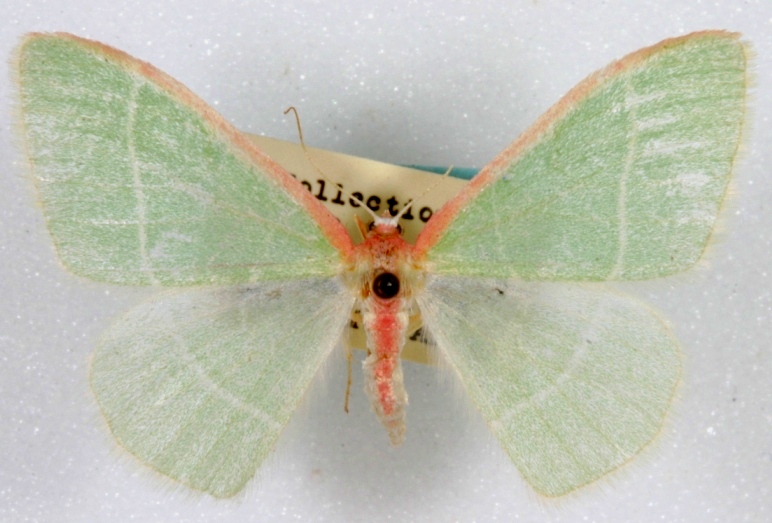Many insect species have evolved close relationships with particular plant species that provide very specific resources that are required for the insect species’ successful maturation and reproduction. Among the most well known of these relationships in the order Lepidoptera (butterflies and moths) is the Monarch butterfly’s relationship with milkweed (Asclepias) as a host plant for its larval stages. While adult monarchs nectar on many different flower species, they lay their eggs on milkweed and the developing caterpillars even sequester toxic chemicals they ingest from the plant to confer a measure of defense against predators. An even more closely allied interdependence has evolved between species of Yucca (such as the Joshua tree, Yucca brevifolia) and a group of very small and highly specialized moths who pollinate the Yucca while also laying eggs into the ovaries where the caterpillars will parasitize some of the developing seeds.
Above, Yucca brevifolia in the Spring Mountains in Nevada. These Joshua trees are pollinated by two species of moths in the genus Tegeticula.
Since the relationship between some insects and their host plants is very narrowly constrained and specific, insects that are true specialists will generally be found only where their required host plant occurs. Mapping the flora in a particular region is important to understanding the potential distribution of the native insects that might be found there.
Although the host plant relationships for some species have been well studied, for a large number of native moth species the host plant relationships and the range of acceptable host species is still entirely unknown. A relatively uncommon Nemoria species called Nemoria latirosaria with bright pink markings on the green wings is known from a few locations in Utah and northern Arizona – it appears to have a very limited geographical distribution. The host plant for Nemoria latirosaria is still unknown, but discovering what plant species it uses to lay its eggs and provide food for its caterpillars would help scientists to know where they might expect to find other populations of this uncommon moth in Utah.
To read more about host plant relationships in the genus Nemoria, click here.


